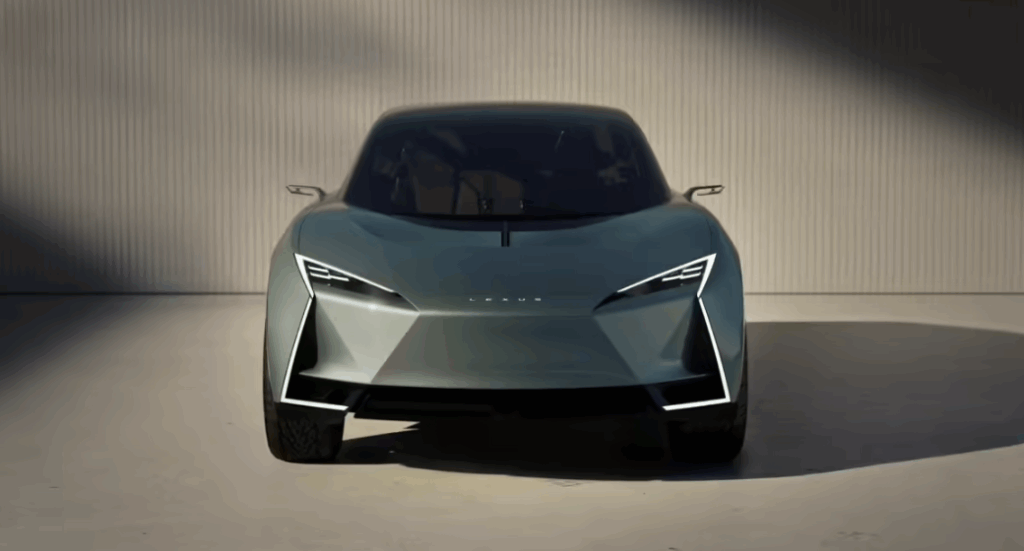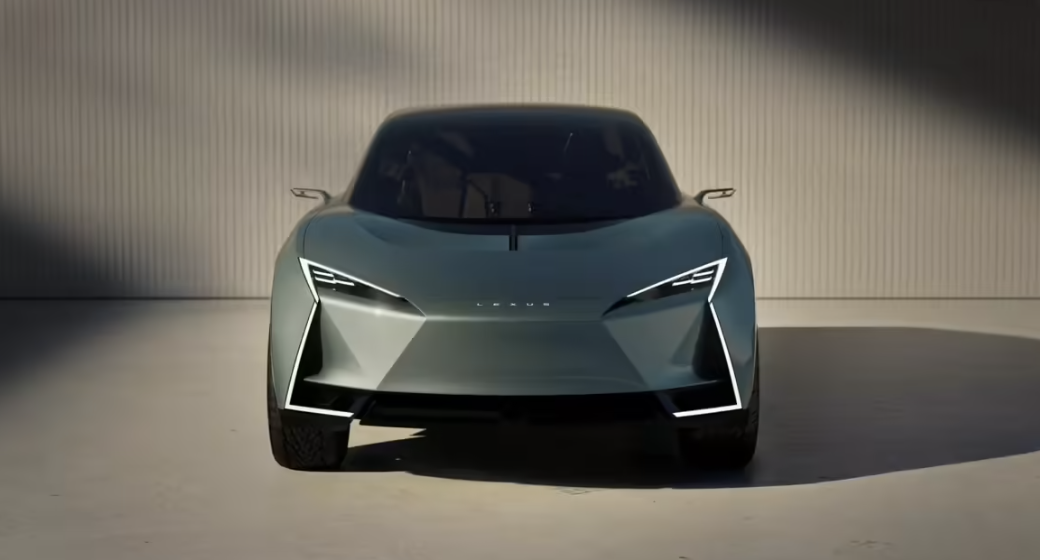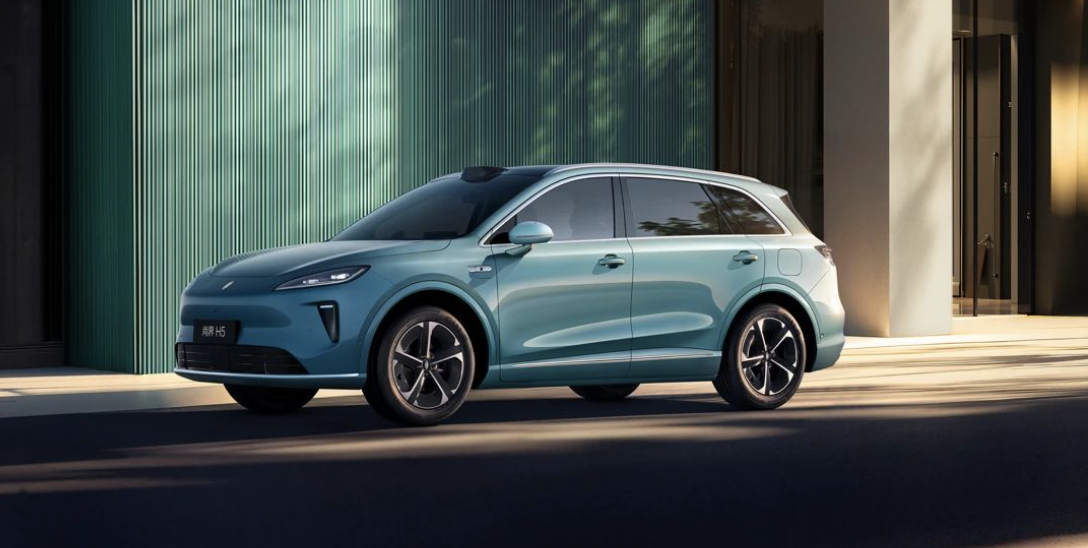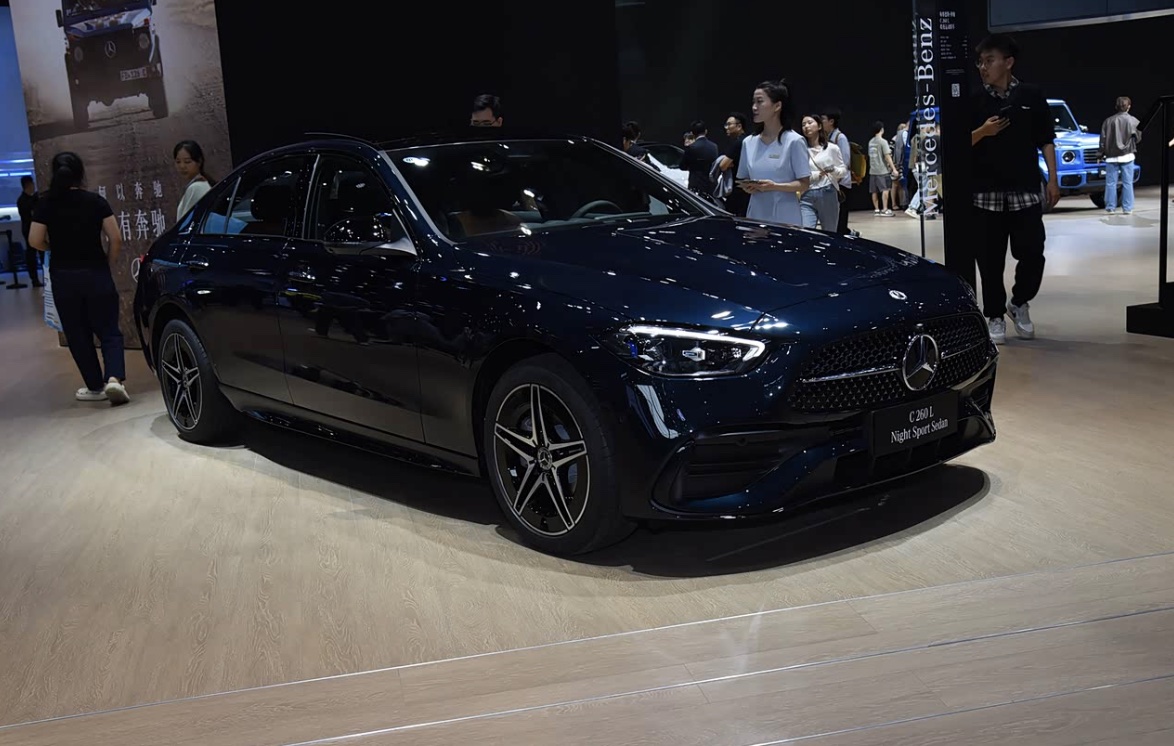On October 29, Lexus unveiled several eye-catching concept cars at the Japan Mobility Show (Tokyo Motor Show), with the most attention-grabbing being the “LS Concept.” This uniquely designed six-wheeled ultra-luxury van could potentially lead to a production model in the future. Alongside it, Lexus also debuted two other concept vehicles under the “LS” name — the LS Coupe Concept and the LS Micro Concept.

According to reports, the current-generation Lexus LS is nearing the end of its product life cycle, and Lexus is clearly exploring multiple directions to extend the legacy of its flagship sedan line. The new LS Concept envisions a complete reimagining of the traditional sedan form, transforming it into a massive luxury van. The vehicle’s size is so large that it features dual rear axles — a total of six wheels in all.
The design is nothing short of revolutionary. Both the front and rear ends feature sharply contoured LED light clusters that create a bold visual impact. The long, stretched body silhouette somewhat recalls Tesla’s previously unveiled Robovan concept. Although Lexus has not released detailed size specifications, it is evident that this vehicle is significantly larger than any current Lexus model. Notably, the four rear wheels are visibly smaller in diameter than the front ones.
There is no official explanation yet for the six-wheel configuration, but it is clear that Lexus has poured significant effort into crafting an ultra-luxurious experience. The driver’s area features two futuristic seats, twin digital display panels, and a yoke-style steering wheel. The interior includes two additional rows of rear seats, with the last row seemingly inspired by business-class airline seating. Thanks to the louvered window shades, the cabin offers a tranquil and private atmosphere.
The second vehicle, the LS Coupe Concept, takes on a sleek, dynamic, crossover-like profile while maintaining an emphasis on luxury. Though technically a four-door model, it features rear-hinged coach doors reminiscent of Rolls-Royce designs and a unique electric tailgate that extends outward to reveal a wooden-finished storage compartment.
Inside, the car showcases a feast of cutting-edge technology. Like the six-wheeled LS Concept, it includes a yoke steering wheel, dual digital dashboards, and a large passenger-side display. Behind the front seats are vertically mounted screens for rear passengers. The extensive use of wooden materials throughout the cabin reinforces a sense of Japanese aesthetic craftsmanship.
The third model, the LS Micro Concept, is the least likely to reach production. It is envisioned as a single-seat autonomous vehicle designed for highly dense urban environments.
Lexus describes this vehicle’s cabin as opening upward “like a jewelry box.” Inside is a single seat, with design themes consistent with the other LS concepts, including the extensive use of wood. While the interior may feel compact — even somewhat claustrophobic — its design philosophy is undeniably innovative and forward-looking.



